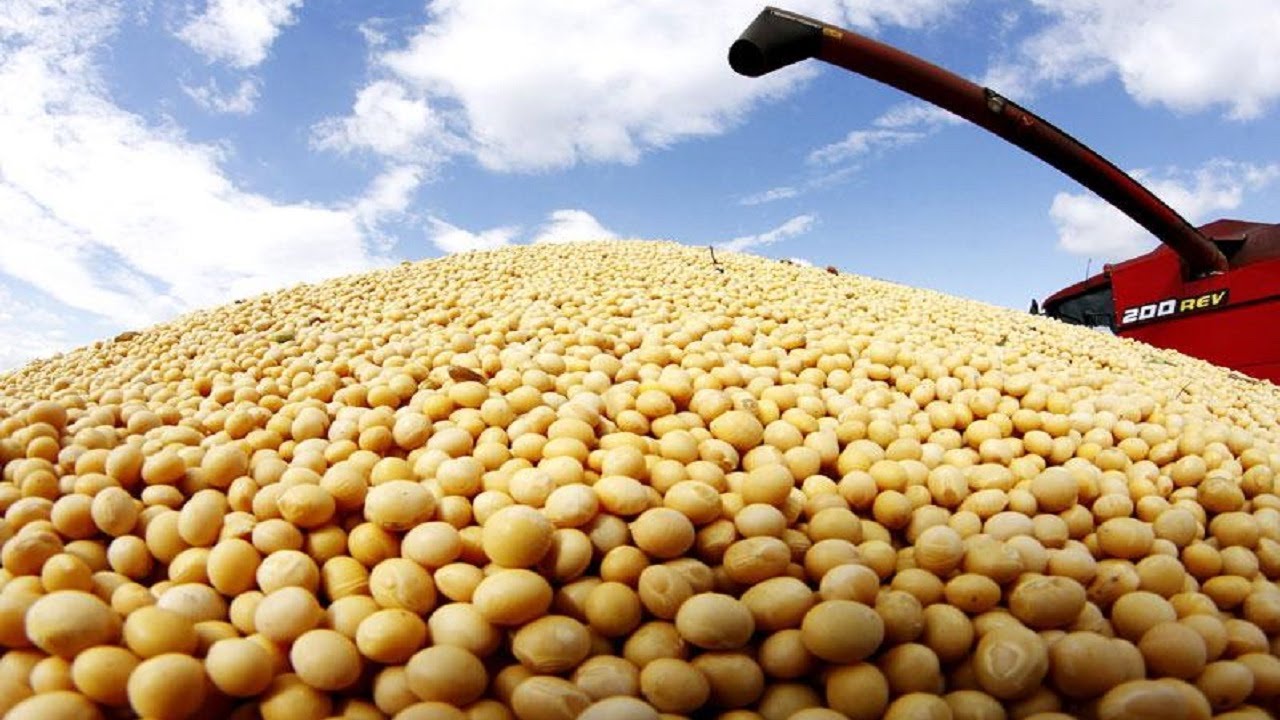
Over the weekend, as I participated in the ISUZU 5km Mud Run, I had the opportunity to pass through the Chamba Valley Farm, where I saw a vast field of Soya Beans about to be harvested. Seeing the farmers getting ready for the harvest process sparked an idea in my mind, and that’s when I realized the importance of the harvesting process in soya bean farming. Soya beans are a vital crop in many parts of the world, providing a rich source of protein for both humans and animals. However, to achieve bumper yields and maximize profits, farmers need to pay close attention to the harvesting process. In this article, we will discuss the critical factors that farmers need to take note of when harvesting soya beans to achieve a successful harvest.
As a crop, they are relatively easy to grow, and with the right care and attention, farmers can achieve bumper harvests. However, to maximize yields, farmers need to pay close attention to the harvesting process. Here are some factors that farmers need to take note of when harvesting soya beans:
- Timing: Timing is crucial when it comes to harvesting soya beans. It is best to wait until the majority of the pods have turned brown, and the leaves have begun to fall off the plant. This usually occurs when the soya beans have reached maturity and are ready for harvesting. Harvesting at the right time ensures that the beans are of good quality, leading to a better yield.
- Moisture content: Moisture content is a critical factor when it comes to harvesting soya beans. Beans that are too dry or too wet can cause problems during the harvesting process. When the beans are too dry, they can easily shatter, leading to a loss of yield. On the other hand, when the beans are too wet, they can become difficult to thresh, leading to a reduced yield. It is best to harvest soya beans when the moisture content is between 11-14%.
- Equipment: Farmers need to ensure that they have the right equipment for harvesting soya beans. Combines are the most common harvesting equipment used in soya bean farming, and they can be adjusted to suit different crop conditions. The combine’s settings need to be adjusted to the right height, speed, and angle to ensure that the beans are not lost during the harvesting process.
- Threshing: Threshing is the process of removing the beans from the pods. Farmers need to ensure that they use the right equipment to thresh the beans. This can be done using a combine or by hand. When using a combine, farmers need to ensure that the machine is set up correctly to avoid bean loss. When threshing by hand, farmers need to be careful not to damage the beans, leading to a loss of yield.
- Storage: After harvesting, farmers need to ensure that the soya beans are properly stored to prevent spoilage. The beans need to be stored in a cool, dry place, away from moisture and pests. The use of airtight containers or bags can help to prevent moisture and pest damage.
In conclusion, harvesting soya beans is a critical stage in soya bean farming that requires careful attention to detail. Farmers need to ensure that they harvest the beans at the right time, ensure that the beans have the correct moisture content, use the right equipment for harvesting, threshing, and storage. By following these guidelines, farmers can achieve bumper yields of high-quality soya beans, leading to higher profits and a more sustainable farming operation.


















